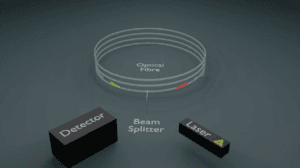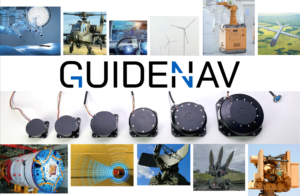
Top 10 Fiber Optic Gyroscope Manufacturers (2025): Leading Brands & Hidden Gems
Discover the top 10 fiber optic gyroscope manufacturers in 2025, including industry giants and lesser-known yet high-quality brands. Find out which companies offer precision, cost-effective solutions, and ITAR-free products for your aerospace, defense, or industrial needs. Explore expert insights and comparisons now!

Single-Axis vs. Three-Axis Fiber Optic Gyroscope: Which One is Right for Your System?
Single-axis and three-axis fiber optic gyroscopes are both used to measure rotational motion, but they differ in how they measure and the complexity of the systems they support. Understanding these differences will guide you in selecting the most appropriate gyroscope for your specific application.

Fiber Optic Gyroscope Applications: How Are They Transforming Modern Technologies?
Fiber optic gyroscopes (FOGs) provide unparalleled accuracy and stability for applications in aerospace, defense, marine navigation, robotics, and more. Their ability to offer precise orientation data, even in GPS-denied environments, makes them indispensable for modern technology solutions.

Inertial Guidance: A Complete Guide
Inertial Guidance is a navigation method that allows an object—such as a missile, aircraft, spacecraft, or even a robot—to determine its position and orientation without the need for external references like GPS, radar, or beacons. It relies on inertial sensors, such as gyroscopes and accelerometers, to measure changes in velocity and direction, which are then used to calculate the object’s position and trajectory.

How Do IMUs Enhance Monitoring and Integrity of Oil and Gas Pipelines?
Inertial Measurement Units (IMUs) provide an essential solution, allowing us to track pipelines accurately, even where GPS falls short, and ensuring we meet industry standards for safety and reliability.

What is the Price of Inertial Measurement Unit (IMU)?
The price range for Inertial Measurement Units (IMUs) depends on the technology used and the level of accuracy. Basic MEMS IMUs typically range from $20 to $1,000. Higher-precision MEMS IMUs range from …..
